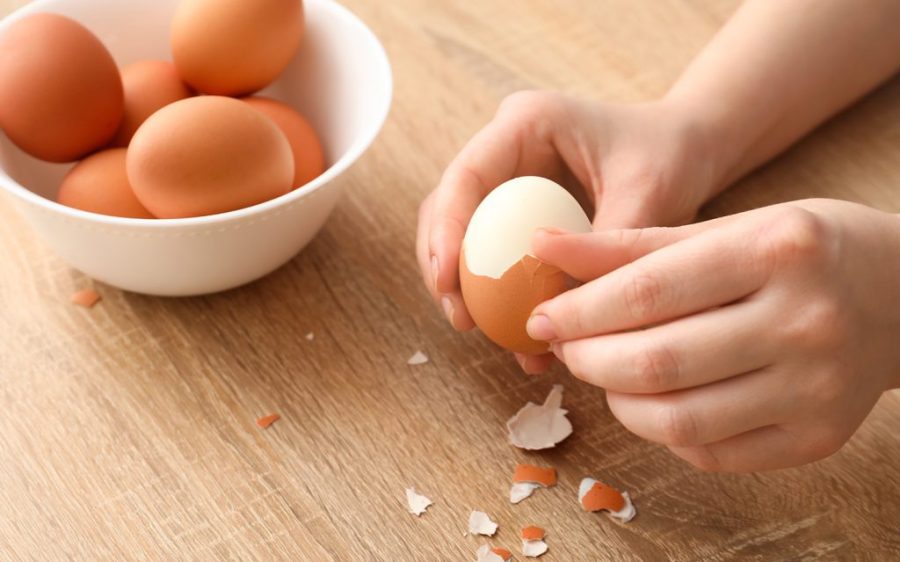There’s more than one way to peel an egg, but if you want to make the process easier, science has some tips to offer, as explored in a recent report by the Guardian.
A lot of the research on egg “peelability” dates back to the 1960s and 1970s, when a dozen eggs cost less than a dollar in the US – a price that, when adjusted for inflation, comes out to just over US$5 today, or almost the same price that consumers are shelling out amid today’s egg shortage.
You can see, then, why scientists of the time were interested in helping people not waste their eggs. They looked at factors like pH levels in the egg whites and storage temperature, ideas revisited in the 1980s all the way up to today, along with water temperature and other potentially helpful techniques.
An egg consists of a series of layers: the hard, porous shell, outer and inner membranes, the egg white (albumen), and a membrane-encased egg yolk at the centre. The round bottom of the egg also has an air cell, creating a pocket between the outer and inner membranes. That air cell is one reason that fresh eggs are harder to peel than older ones, as eggs very slowly lose moisture through the porous shell as they age, increasing the size of the air cell.
[See more: This is the best way to cook an egg, according to science]
Bigger air cell makes for an easier peel. Another factor is how the pH of the egg white increases as it ages. Storing eggs at higher temperatures can speed up the aging process, but carries more risk of spoilage so if you’re not feeling daring enough to leave the carton at 22°C, you can always store them rounded side down – flipping eggs so the pointed side is down, putting the air cell on top, has been shown to keep eggs fresh longer.
The cooking process offers some other options to up peelability. Boiling the water first, then bringing it down to a simmer before adding the eggs, can help the membrane to detach from the shell and egg white. Be careful to use room-temperature eggs, though, or you risk the fragile shell cracking due to the sharp temperature shift. You want to leave that for the end, quenching the boiled eggs in ice water. This should help the egg white to shrink away from the shell and will work even better with older eggs or those stored at a higher temperature for a shorter period.
If you don’t have time for eggs to age or even to warm up on the counter, reach for some ingredients that can be found in any kitchen: vinegar, salt and baking soda. This option actually becomes less effective as eggs age, making it a perfect choice for the impatient egg lover.
Most recipes recommend adding between 1/3 cup and 1/4 cup of vinegar to a large saucepan plus anywhere from a teaspoon to a tablespoon of salt, to ensure the shell comes off easier. Baking soda is most often measured as a ‘rounded’ tablespoon in recipes, added after the water has come to a boil whereas vinegar and salt are typically added before boiling.






